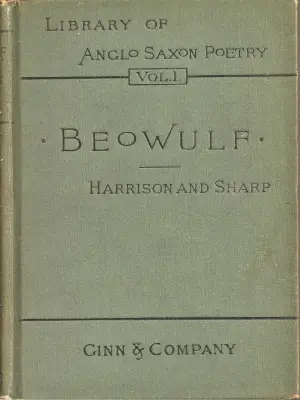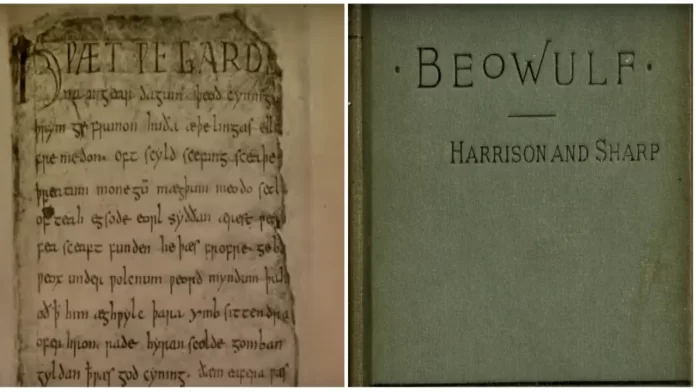The story of Laurence Nowell is not just one tale but two intertwined lives that historians have long confused. Both men hailed from Read Hall in Lancashire, shared the same name, and contributed significantly to history—albeit in very different ways. One was a clergyman who became Dean of Lichfield; the other was a pioneering historian and collector of ancient manuscripts. Their legacy includes the preservation of the Nowell Codex, which contains the only surviving manuscript of Beowulf. unravel their stories, explores the significance of the codex, and highlights how these historical threads connect us to our literary past.
Who Were the Two Laurence Nowells?
To understand this mix-up, we need to go back to the Nowell family tree. Alexander Nowell of Read Hall married Grace Catherall, and they had four sons: John, Laurence, Charles, and Thomas. The eldest son, John, inherited Read Hall after Alexander’s death. He remarried after his first wife passed away and had more children, including another Laurence.
Laurence Nowell (the Historian)
The older Laurence Nowell was an influential figure in reviving interest in the Anglo-Saxon language during the 16th century. As a historian, he collected original manuscripts written in Old English, including what would later be known as the Nowell Codex. Among its treasures was the sole surviving copy of Beowulf. His work laid the foundation for future scholars studying early English literature.
Laurence Nowell (the Clergyman)
The younger Laurence Nowell followed a religious path, becoming a clergyman and eventually the Dean of Lichfield. Despite being part of the same family, his life took a completely different direction. Confusion arose because both men lived around the same time and were often conflated in historical records, especially when the Dictionary of National Biography combined their achievements into a single entry.

The Nowell Codex and Its Journey Through Time
The Nowell Codex holds immense cultural value due to its inclusion of Beowulf, an epic poem central to Old English literature. Here’s how it survived centuries of turmoil:
- Discovery and Preservation: The manuscript originally belonged to Laurence Nowell, the historian, before passing through various hands. Eventually, it landed in the collection of Sir Robert Cotton, whose library organized books under busts of Roman emperors. The codex found its place under the bust of Emperor Vitellius, cataloged as Cotton Vitellius A xv.
- Damage and Rescue: On October 23, 1731, a devastating fire broke out in Cotton’s library. To save the manuscript, someone threw it out of a window. While this act preserved the text, it caused significant damage. The edges of the pages were scorched, and untreated paper began crumbling over time.
- Transcriptions and Reconstructions: In 1787, Icelandic-Danish historian Grímur Jónsson Thorkelín ordered a transcription of the damaged manuscript. He made two copies, which have since been invaluable in reconstructing lost sections. Later efforts, such as W.W. Skeat’s proposal to autotype the manuscript in 1879, ensured further preservation.
Translations That Brought Beowulf to Life
Over the years, numerous translations brought Beowulf closer to modern readers. Some notable ones include:
- Early Translations: Sharon Turner published selected verses in 1805, while Thorkelín offered a Latin translation in 1825 (though poorly received). John Kemble’s prose translation in 1837 marked another milestone.
- Modern Masterpiece: Nobel laureate Seamus Heaney’s 1999 translation stands out as one of the best. By infusing Northern Irish idioms, Heaney captured the spirit of the original while making it accessible to contemporary audiences. If you’re looking for a definitive version, this is it.
Why Does Beowulf Matter?
Written around 1000 CE, Beowulf reflects events in Scandinavia, particularly Denmark and Geatland (modern southern Sweden). Scholars debate whether it originated as an oral tradition transcribed by scribes or as an original written work. What makes it remarkable is its blend of heroic storytelling and linguistic richness.
- Opening Word – Hwæt!: The poem begins with “Hwæt,” translated variously as “Listen,” “Attend,” or even “What ho!” Linguist David Crystal notes its similarity to Bertie Wooster’s famous greeting in P.G. Wodehouse’s novels.
- Historical Context: Though composed in England, Beowulf describes Scandinavian legends, bridging cultures across centuries.
My Personal Connection to Beowulf
In 1972, I purchased the 1894 edition of the Harrison and Sharp translation of Beowulf for just 35p. Little did I know then how deeply this ancient text would captivate me. Each reading reveals new layers of meaning, connecting me to a world long gone yet eternally relevant.
Conclusion
The story of the two Laurence Nowells reminds us of the importance of clarity in historical research. Their contributions—whether preserving manuscripts or serving the church—shaped our understanding of the past. The survival of the Nowell Codex and the enduring appeal of Beowulf underscore humanity’s quest to preserve knowledge and culture.
So next time you hear “Hwæt!” think of the journey that brought these words from a medieval scribe’s quill to your bookshelf. Whether you dive into Heaney’s poetic rendition or explore scholarly analyses, Beowulf remains a timeless testament to human creativity and resilience.
What do you think about the mysterious lives of the Nowells and the legacy of Beowulf? Share your thoughts below!

